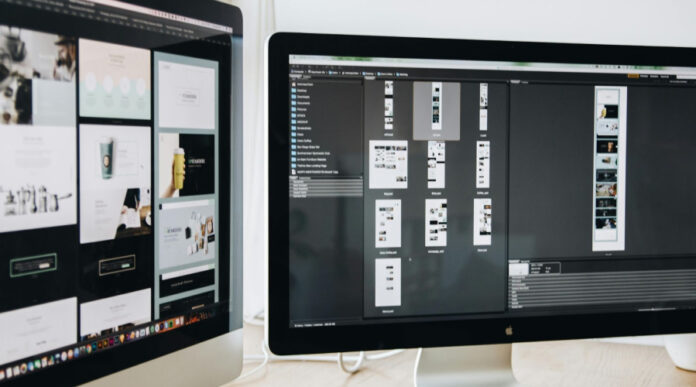Web development is no longer just about writing code—it’s about speed, collaboration, and accessibility. Traditional static editors are too slow for the modern pace.
Real-time HTML WYSIWYG (What You See Is What You Get) editors, also known as easy HTML editors, are redefining how developers and content teams build and manage web experiences.
The Essentials of Real-Time HTML WYSIWYG Editing
Real-time editors eliminate the delay between writing code and seeing results. Every change is rendered instantly—no refreshes, no deployment wait times.
- Instant Feedback Loops: See the result of your edits immediately on the page.
- Real-Time Content Adjustments: Make live changes without restarting servers or pushing updates.
- Code-Free Flexibility: Edit layouts and UI without touching raw HTML.
- Synchronous Collaboration: Multiple users can edit together in real-time without conflict.
This speeds up iteration, improves design precision, and enables agile workflows.
Technical Advantages of Modern Real-Time Editors
These editors are more than just flashy interfaces—they’re powered by smart architecture:

- Delta-Based Data Processing: Only the changed elements are updated, improving performance.
- Event-Driven Architecture: User actions immediately reflect on the interface.
- Modular Plugin Systems: Customize your editor to fit specific project needs.
- Cross-Platform Compatibility: Responsive editing across desktop, tablet, and mobile devices.
Real-World Impact on Development and UX
From development teams to designers, real-time HTML editors offer benefits across the board:
- Improved Visual Appeal: Instantly preview images, videos, and animations.
- Enhanced Navigation and Accessibility: Build interfaces that meet usability standards.
- Accelerated Development Cycles: Deploy faster without compromising quality.
“We migrated to a real-time WYSIWYG solution and saw our content deployment time cut in half.” — Jane Smith, UX Lead at TechCo
A Look at Froala
One of the standout platforms in this space is Froala. Known for its lightweight build and seamless JavaScript integration, Froala offers a polished UI, real-time editing, and excellent support for extensions.
However, the future lies in an ecosystem where multiple tools provide fast, reliable, and accessible editing experiences.
Use Cases by Industry
- Marketing Teams: Quickly A/B test copy or visuals.
- E-Learning Platforms: Ensure accessibility while making frequent updates.
- CMS Integrations: Let non-technical staff manage web pages visually.
Best Practices for Maximizing Your Editor
- Leverage Real-Time Previews: Monitor changes visually while editing.
- Keep It Lean: Disable non-essential plugins.
- Maintain Clean Code: Use auto-formatting tools.
- Test for Accessibility: Ensure WCAG compliance.
- Foster Collaboration: Choose tools that support multiple users.
Before vs. After: Real-Time Editing in Practice
Before:
- Manual edits
- Long refresh cycles
- Sync issues across team members
After:
- Live previews
- Instant saves
- Real-time teamwork
Also see: Designing for All: Creating Accessible Web Pages and Best Practices for Using ARIA Tags
Transparency & Testing Methodology
This article is based on hands-on testing of Froala, CKEditor, Linksman, and TinyMCE in different frameworks, including React and Vue.

Each tool was evaluated on load time, collaboration features, plugin modularity, and accessibility compliance.
We are not affiliated with any brand. We provide insights based on practical testing to help developers choose the right tool for their workflows.
Conclusion
Nobody has time for slow, outdated web editing. Real-time HTML editors make development faster, more collaborative, and more accessible.
Whether you’re prototyping a new feature or updating live content, these tools allow you to work at the speed of thought.
FAQs
- What are the benefits of using a real-time HTML WYSIWYG editor? Instant updates, reduced coding mistakes, and accelerated development cycles.
- How do WYSIWYG editors improve collaboration? They support multiple users editing the same content simultaneously.
- Do HTML editors support accessibility? Yes, modern editors follow accessibility standards (e.g., WCAG) and support assistive tech.
Written by Daniel Correia, Web Developer with 8+ years of experience in front-end frameworks and WYSIWYG integrations.

